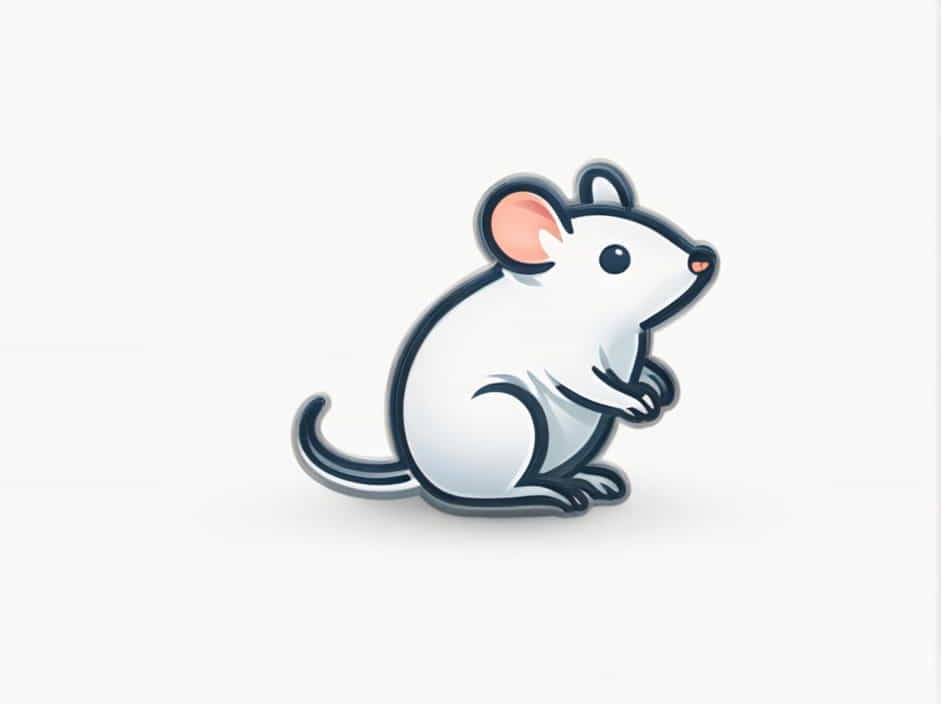Mice are small rodents that are found in almost every part of the world. They are known for their adaptability, quick movement, and ability to reproduce rapidly. But when it comes to their mode of reproduction, are mice viviparous or oviparous?
To answer this question, we need to understand the difference between viviparous and oviparous animals, explore the reproductive cycle of mice, and examine why their reproduction is essential for their survival.
What Does Viviparous Mean?
An animal is considered viviparous if it gives birth to live offspring rather than laying eggs. In viviparous reproduction:
-
The embryo develops inside the mother’s body.
-
The mother provides nutrients and protection to the developing young.
-
Offspring are born fully formed and can begin life outside the mother’s body.
Common examples of viviparous animals include humans, dogs, cats, and most mammals.
What Does Oviparous Mean?
Oviparous animals lay eggs instead of giving birth to live young. In oviparous reproduction:
-
The embryo develops inside an egg, outside the mother’s body.
-
The egg contains all the nutrients the embryo needs until it hatches.
-
Parents may or may not care for the eggs after laying them.
Examples of oviparous animals include birds, reptiles, amphibians, and some fish.
Is a Mouse Viviparous or Oviparous?
Mice are viviparous animals. They give birth to live young, meaning their offspring develop inside the mother’s womb before being born. Like other mammals, mice do not lay eggs.
Their reproduction process involves:
-
Internal fertilization – The sperm from the male fertilizes the egg inside the female’s body.
-
Gestation – The embryos develop inside the mother for about 19-21 days.
-
Live birth – The female mouse gives birth to a litter of baby mice, known as pups.
This method of reproduction allows mice to produce multiple offspring quickly, ensuring their survival in various environments.
Reproductive Cycle of Mice
Mice are known for their fast reproductive cycle, which contributes to their high population numbers. Here’s how their reproductive process works:
1. Mating and Fertilization
-
Female mice can become sexually mature as early as 4-6 weeks old.
-
Male mice court females by producing high-frequency sounds and using their scent to attract mates.
-
Fertilization occurs internally after mating.
2. Gestation Period
-
The pregnancy lasts about 19-21 days.
-
During this time, the embryos develop inside the mother’s body.
-
The female mouse builds a nest in preparation for giving birth.
3. Birth and Litter Size
-
Mice give birth to live young, usually in litters of 5-12 pups.
-
The babies are born blind, hairless, and completely dependent on their mother.
4. Growth and Weaning
-
Within a few days, the pups start growing fur.
-
Their eyes open around two weeks after birth.
-
By three weeks old, they are ready to eat solid food and become independent.
This rapid cycle allows mice to reproduce multiple times a year, making them one of the most successful mammals in terms of survival.
Why Are Mice Viviparous?
Being viviparous provides several advantages for mice:
1. Protection for Developing Offspring
Since the embryos develop inside the mother’s body, they are safe from predators and external threats. This increases their chances of survival compared to eggs, which can be eaten or destroyed before hatching.
2. Faster Development
Because mice give birth to live young, their offspring start life in a more advanced stage compared to egg-laying species. This allows them to grow and mature quickly.
3. Higher Survival Rate
Eggs are vulnerable to environmental changes, predators, and damage. Viviparous reproduction eliminates these risks, ensuring that more offspring survive.
4. Ability to Reproduce Frequently
Since mice do not need to lay eggs and wait for them to hatch, they can give birth multiple times a year. This rapid reproductive cycle helps maintain their population even in harsh conditions.
How Do Mice Compare to Oviparous Animals?
To better understand how mice differ from oviparous animals, here’s a comparison:
| Feature | Viviparous (Mice) | Oviparous (Birds, Reptiles, etc.) |
|---|---|---|
| Reproduction Type | Live birth | Egg-laying |
| Embryo Development | Inside mother’s body | Inside an egg |
| Offspring Protection | High (inside the body) | Low (eggs are exposed) |
| Parental Care | Somewhat present | Varies (some abandon eggs) |
| Growth Speed | Faster | Slower |
From this table, it’s clear that mice, as viviparous animals, have an advantage in protecting and quickly developing their young.
Do Any Rodents Lay Eggs?
No, all rodents are viviparous. This includes:
-
Rats
-
Hamsters
-
Squirrels
-
Guinea pigs
Rodents belong to the mammal category, and all mammals, except monotremes (like platypuses and echidnas), are viviparous.
Common Myths About Mouse Reproduction
1. Do Mice Lay Eggs?
No, mice do not lay eggs. They give birth to live young, like all other mammals.
2. Can Mice Reproduce Without Mating?
No, mice require a male and female to reproduce. Some animals, like certain reptiles and insects, can reproduce asexually, but mice cannot.
3. Do Mice Have a Long Pregnancy?
No, mice have a short gestation period of about three weeks, allowing them to reproduce rapidly.
Mice Are Viviparous
Mice are viviparous mammals, meaning they give birth to live young instead of laying eggs. Their reproductive cycle is fast, efficient, and allows them to thrive in various environments.
By giving birth to live offspring, mice ensure that their young have a higher chance of survival, making them one of the most successful and adaptable small mammals on the planet.
